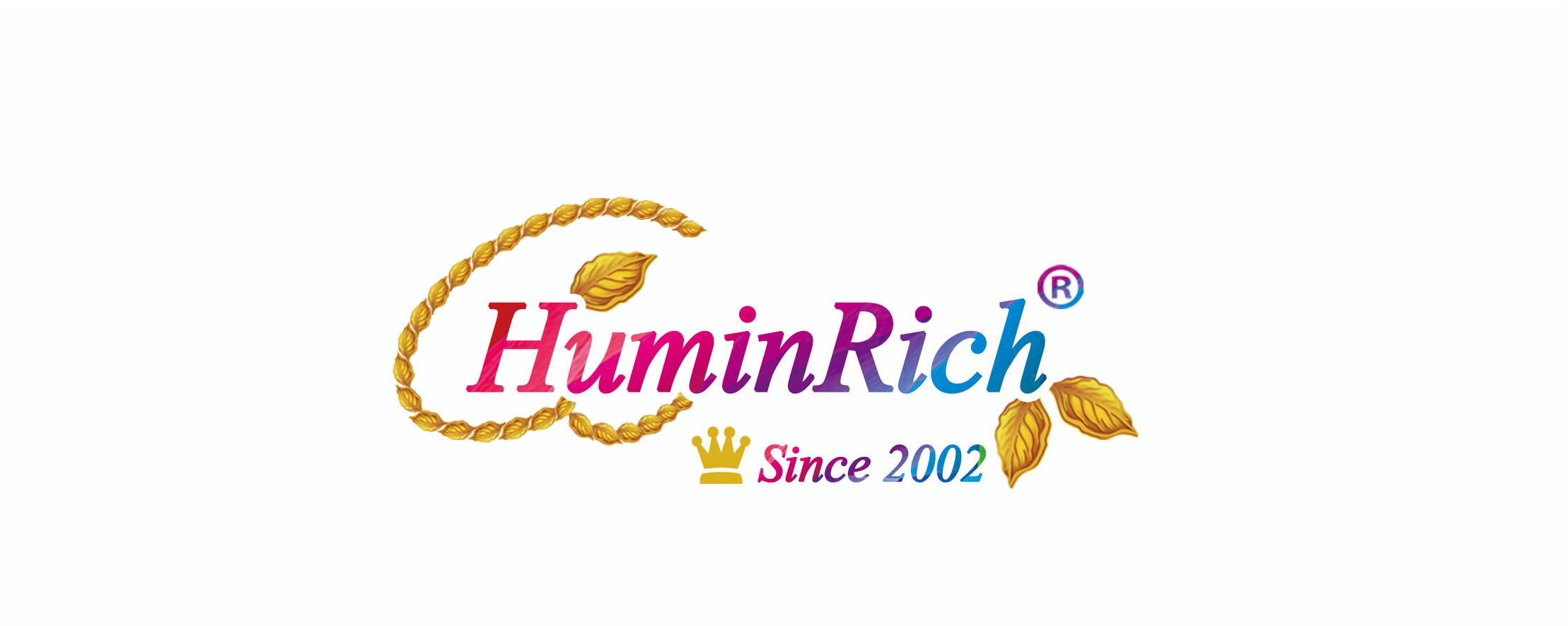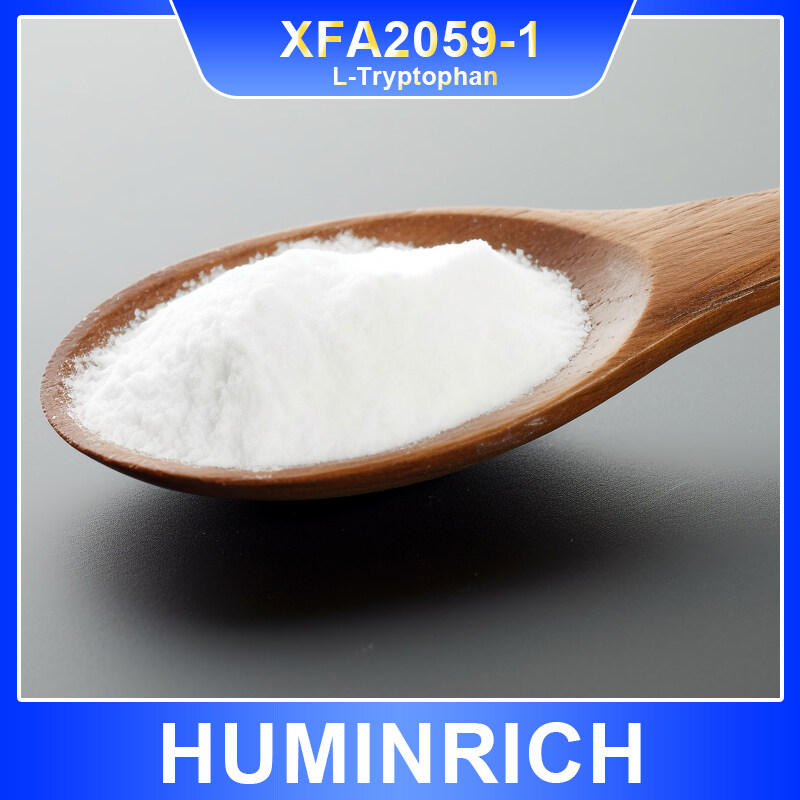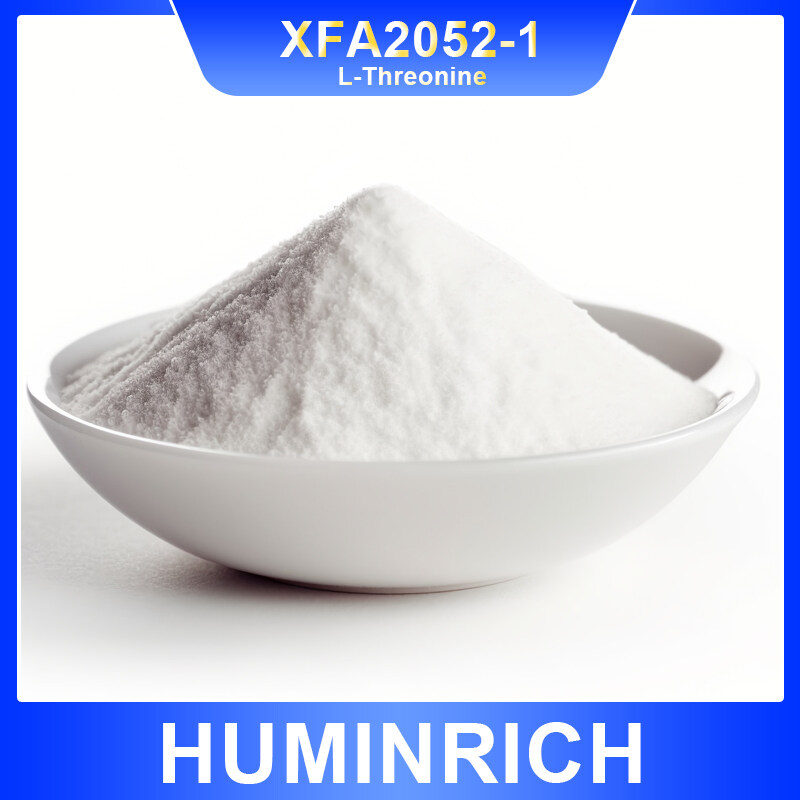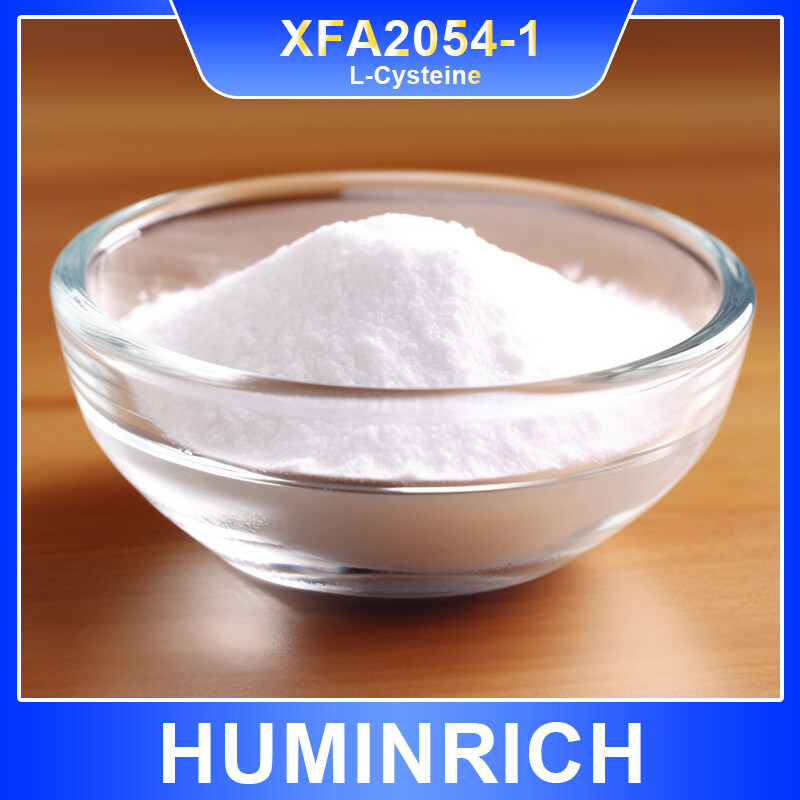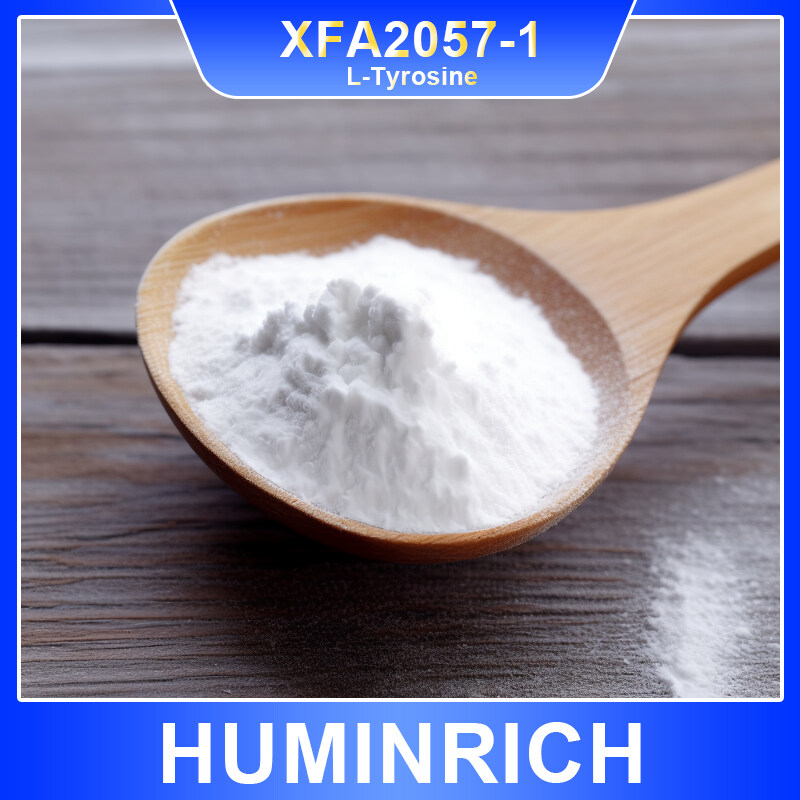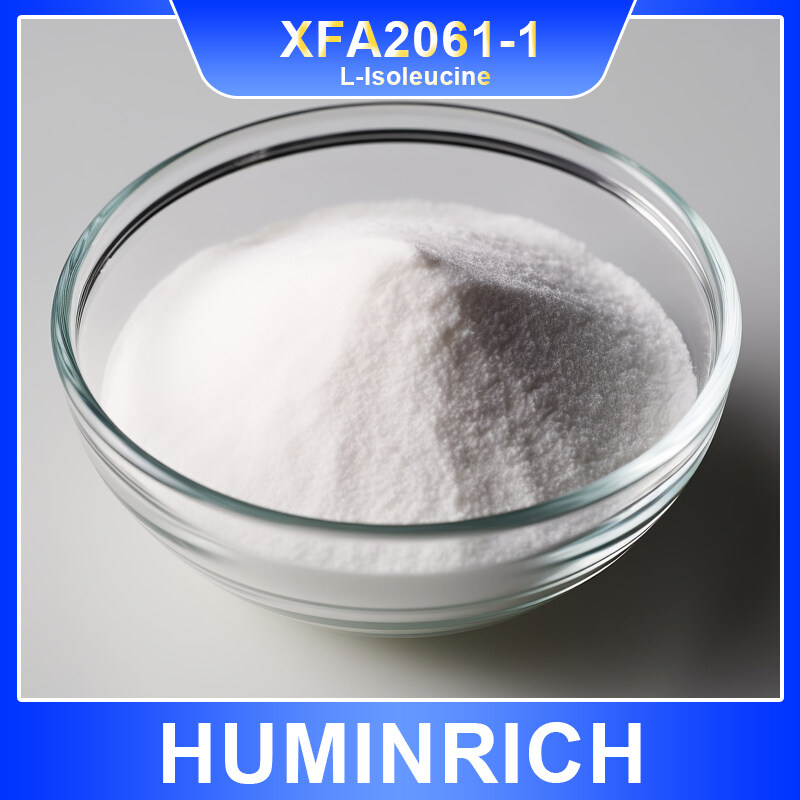Email format error
Email cannot be empty
Email already exists
6-20 characters(letters plus numbers only)
The password is inconsistent
Email format error
Email cannot be empty
Email does not exist
6-20 characters(letters plus numbers only)
The password is inconsistent
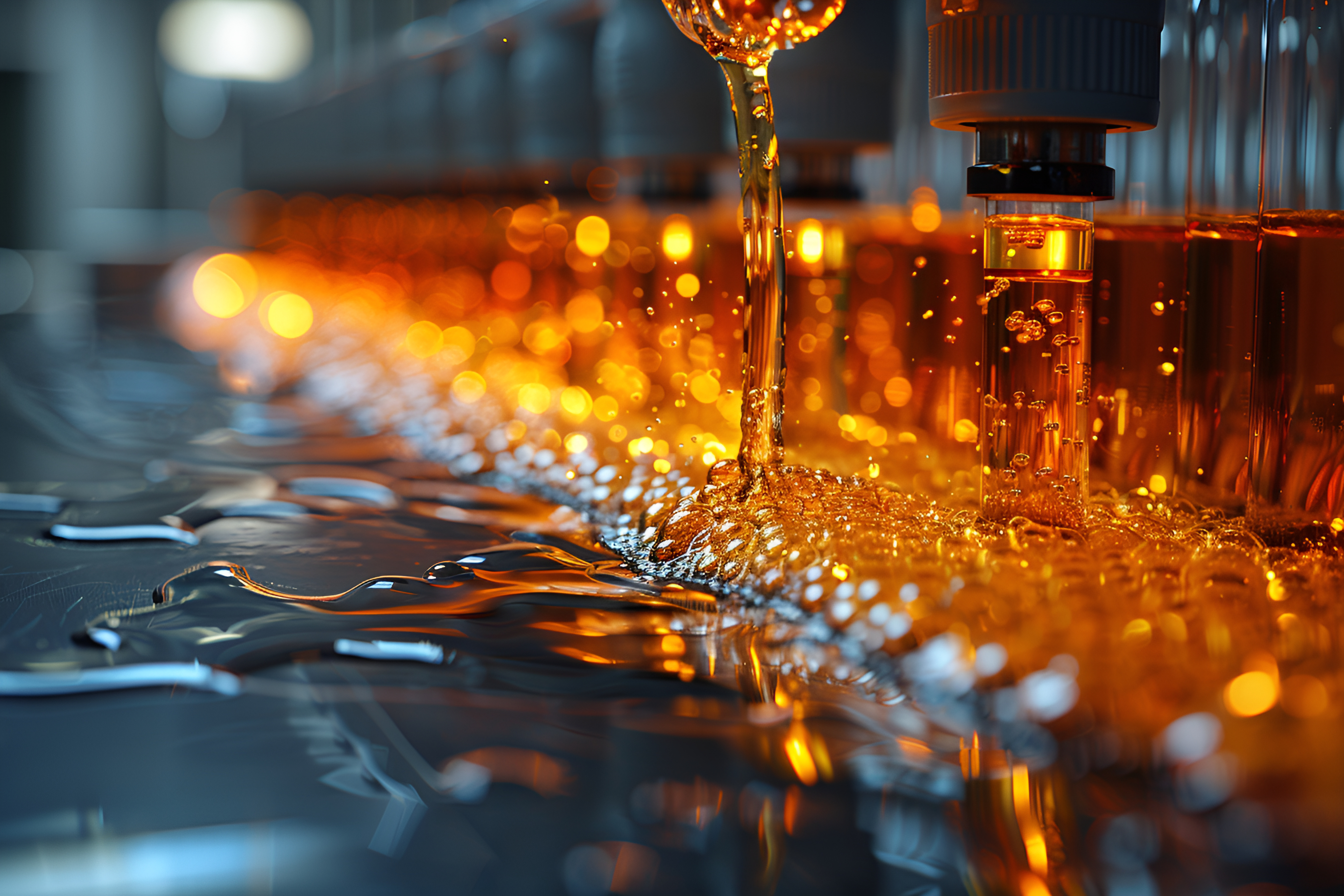
L-Tryptophan Cas 73-22-3
L-Tryptophan is an important precursor substance for auxin biosynthesis in plants. Its structure is similar to IAA. It is ubiquitous in higher plants. It is also the precursor of 5-hydroxytryptamine, an important neurotransmitter in the human body. It can be used during pregnancy. Nutritional supplement for women and special milk powder for infants and young children. It is used for niacin deficiency (pellagra). As a tranquilizer, it can regulate mental rhythm and improve sleep. It is also one of the raw materials of compound amino acid infusion.
Catalog of Amino acid (basic, protected, derivatives)
20240411
|
Type |
Model No. |
Chemical Name |
CAS No. |
Standard |
|
DL Amino Acid Series |
XFA2053-1 |
DL-Methionine |
59-51-8 |
EP8.0 |
|
L Amino Acid Series |
XFA2016-1 |
L-Lysine HCL |
10098-89-2 |
USP |
|
L Amino Acid Series |
XFA2050-1 |
Glycine |
56-40-6 |
USP40 |
|
/ |
XFA2051-1 |
Glycine Hydrochloride/Glycine HCl |
6000-43-7 |
In house |
|
L Amino Acid Series |
XFA2052-1 |
L-Threonine |
72-19-5 |
USP40 |
|
L Amino Acid Series |
XFA2055-1 |
L-Glutamine |
56-85-9 |
FCC |
|
L Amino Acid Series |
XFA2056-1 |
L-Arginine |
74-79-3 |
USP32 |
|
L Amino Acid Series |
XFA2057-1 |
L-Tyrosine |
60-18-4 |
USP32 |
|
L Amino Acid Series |
XFA2058-1 |
L-Proline |
147-85-3 |
USP36 |
|
L Amino Acid Series |
XFA2059-1 |
L-Tryptophan |
73-22-3 |
USP32 |
|
L Amino Acid Series |
XFA2061-1 |
L-Isoleucine |
73-32-5 |
USP24 |
|
L Amino Acid Series |
XFA2062-1 |
L-theanine |
3081-61-6 |
In house |
|
L Amino Acid Series |
XFA2054-1 |
L-Cysteine |
52-90-4 |
AJI92 |
|
L Amino Acid Series |
XFA2054-2 |
L-Cysteine Hydrochloride Anhydrous |
52-89-1 |
AJI97 |
|
L Amino Acid Series |
XFA2054-3
|
L-Cysteine Hydrochloride Monohydrate |
7048-04-6 |
AJI92 |
|
N-acetyl amino acids |
XFA2060-1 |
NAC N-Acetyl-L-Cysteine |
59587-09-6 |
AJI92 |
|
N-acetyl amino acids |
XFA9001-19 |
NATCA / N-Acetyl Thiproline |
|
In house |
|
Type |
Model No. |
Chemical Name |
CAS No. |
Standard |
|
|
XFA2201-1 |
Taurine |
107-35-7 |
USP36 |
|
|
XFA2202-1 |
L-Carnitine base |
541-15-1 |
In house/ USP43 |
|
|
XFA2203-1 |
GABA/ γ-aminobutyric acid |
56-12-2 |
In house |
|
Type |
Model No. |
Chemical Name |
CAS No. |
Standard |
|
Chelated Series |
XFA2301-1 |
Ferrous bisglycinate |
20150-34-9 |
In house |
|
Chelated Series |
XFA2302-1 |
Zinc Bisglycinate /Glycine zinc |
14281-83-5 |
In house |
|
Chelated Series |
XFA2303-1 |
Calcium Bisglycinate |
35947-07-0 |
In house |
L-Tryptophan
|
Appearance |
White Crystallin powder |
|
Test Standard |
USP32 |
|
Assay |
98.5%-101.5% |
|
Loss on drying, % |
≤0.3 |
|
Residue on Ignition,% |
≤0.1 |
|
Chloride,% |
≤0.05 |
|
Sulfate,% |
≤ 0.04 |
|
Iron,ppm |
≤30 |
|
PH |
5.5-7.0 |
2. Product features:
Bioprecursor: Tryptophan is a synthetic precursor for a variety of important biomolecules, including skin pigments, dopamine, thyroid hormones, etc.
Neurotransmitter synthesis: As a synthetic precursor of neurotransmitters such as 5-hydroxytryptamine and dopamine, it has an important impact on the function of the nervous system.
Antioxidant effect: Tryptophan has certain antioxidant properties and can help protect cells from oxidative damage.
3. Process characteristics:
Chemical synthesis method: relatively low cost, high production efficiency, suitable for large-scale production.
Microbial fermentation method: environmentally friendly, high product purity, but the production process is time-consuming.
4. Production process:
▪Microbial fermentation method
▪Chemical synthesis method.
5. Product use:
Pharmaceutical field:
Antidepressant treatment: L-tryptophan is a key substance in the tryptophan metabolism pathway and can be converted into 5-hydroxytryptamine for antidepressant treatment.
Photosensitizer treatment: In photodynamic therapy, L-tryptophan can be used as a photosensitizer to treat certain skin diseases.
Health care field:
Mood Regulation: L-tryptophan is a precursor to serotonin, which helps maintain a healthy mood state and sleep quality.
Photosensitive products: Used in the production of photosensitive products, such as sunbathing oils and photosensitive skin care products, to contribute to skin health.
food industry:
Increase the umami taste of food: L-tryptophan can be used as a flavor enhancer to enhance the taste of food and is commonly used in seasonings.
Bread and Dough Strengthening: Acts as a strengthening agent to enhance the texture and elasticity of bread and dough.
Feed field:
Animal growth promotion: As a kind of protein amino acid, it can be used in animal feed to promote animal growth and development.
Coat Health: Helps maintain animal hair health and is often used in pet food.
Tryptophan can participate in the renewal of plasma proteins in animals, and can promote the role of riboflavin. It can also help the synthesis of nicotinic acid and heme. It can significantly increase the antibodies in the fetuses of pregnant animals and is very effective for lactating dairy cows and sows. It has the effect of promoting lactation. When livestock and poultry lack tryptophan, their growth stagnates, their weight decreases, their fat accumulation decreases, and their testicles atrophy. It is used in medicine as a preventive and therapeutic agent for skin diseases.
Chemical industry:
Synthetic dyes: L-tryptophan can be used as a raw material for synthetic dyes and is used for dyeing in textile, food and other industries.
Drug synthesis: used to synthesize certain drugs, such as specific biochemical reagents and diagnostic reagents.
Agriculture:
Tryptophan is an important precursor for auxin biosynthesis in plants. Its structure is similar to IAA and is commonly found in higher plants. Growth hormone can be synthesized through tryptophan. There are two pathways: tryptophan is first oxidized and deaminated to form indoleacetone, and then decarboxylated to form indole acetaldehyde; indole acetaldehyde is finally oxidized to indole acetic acid under the catalysis of the corresponding enzyme. . Tryptophan is first decarboxylated to form tryptamine, which is then oxidatively deaminated to form indoleacetic acid.
Plant Growth Regulator: Use L-tryptophan as a plant growth regulator to promote plant growth and increase yield.
Enhance crop stress resistance: Helps improve crop resistance to environmental stresses, such as drought, high temperature, etc.
L-tryptophan has many uses in the fields of medicine, health care, food, feed, chemical industry and agriculture. It has a wide range of functions in different industries and provides important support and functional applications in related fields.
6. Shelf life: sealed and stored in a ventilated and dry place, and stored in the original packaging for 2 years
7. Packaging, transaction method, delivery method, etc.:
Packaging: 1kg/25kg bag/drum with linner inside.
Payment method: Western Union; T/T; MoneyGram
Shipping method: Sea/Air/Domestic Shipping}
8. After-sales service/customized service/sample service:
Packaging customization: Customized services are provided for packages above 1000KG;
Sample service: samples are available;
